Ahh chakrasana, queen of backbends. Also called wheel pose in english, this posture is far more than just a pretty shape.
At its best, it’s a delicious heart opener, counteracting the forward-slump many of us habitually adopt, and allowing our front body to expand and breathe.
It can be invigorating, empowering and reviving, helping us to stretch our breath into new spaces, and unravel parts of our physical and energetic bodies that feel stuck.
It’s also great for building strength in the shoulder girdle.
However, at its worst, chakrasana is a torturer of wrists and shoulders.
When the chest isn’t ready to open, or the shoulders don’t have the mobility to support the posture, it can trigger discomfort, tightening and pinching into the lower back.
So what is is that makes the difference between a bad wheel and a good one? Well, it’s all in the approach.
1. Warm Up Thoroughly First
Chakrasana is not a posture to attempt early in a yoga practice, or first thing in the morning – especially not on a cold, dark winter morning when you’ve just got out of bed.
It’s a pose that needs heat and energy to be coursing through the body.
It’s also a posture that requires some psychological preparation. To suddenly go from nothing into such a powerful heart opener is a bit like meeting a new date and dragging them straight to the altar.
It’s too much.
Take some time to work into your heart space, to romance it and to allow it the opportunity to expand and open as it feels ready to.
Read: Invite More Love Into Your Life With These 5 Heart–Opening Asanas
A preparation class for chakrasana might include:
- Mobilisations for the spine and wrists – variations on cat-cow pose work well for this
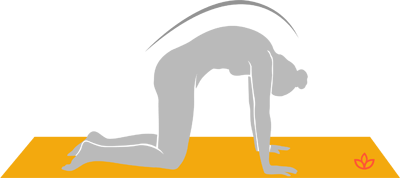
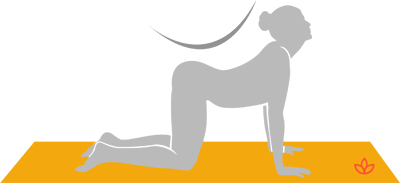
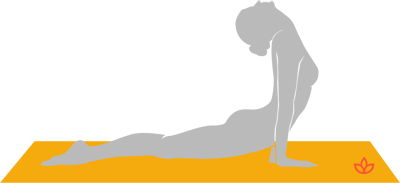

Read: Sun Salutation A Versus Sun Salutation B: The Difference You Should Know
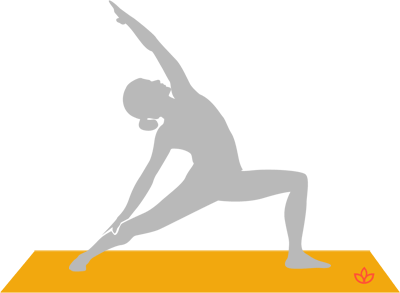
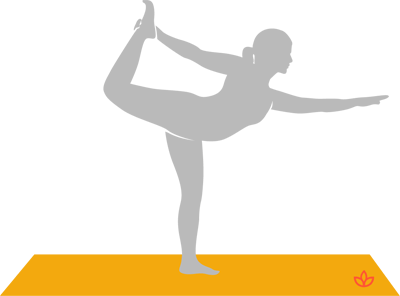
Read: Bend Without Breaking: 10 Yoga Poses to Increase Flexibility in Body, Mind, and Spirit
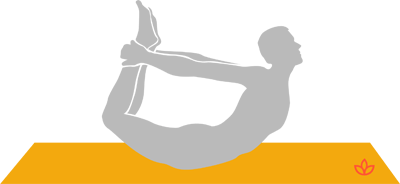
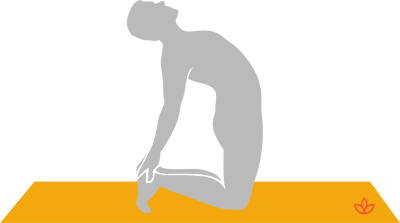

- Chakrasana as the peak posture followed by calming, restorative postures
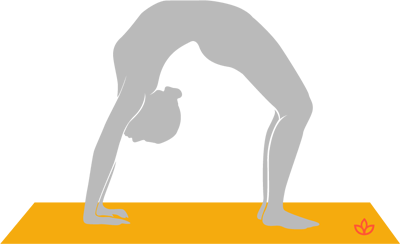
- Use props.
- My favourite props for chakrasana are angled blocks beneath the hands. These take the strain out of the wrists, as the blocks reduces the angle of wrist flexion required.
- If you don’t have sloping blocks, simply prop two yoga blocks against the wall about shoulder distance apart, resting on the skirting board or angled up using another block.
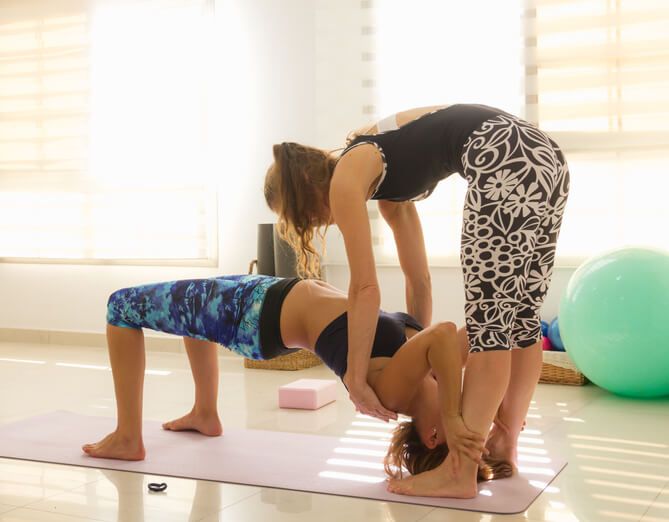
- Use a friend.
- A lovely alternative for those with a yoga teacher or friend to hand is to have them stand at your shoulders, facing you as you prepare for wheel. You can then reach to grasp their ankles, rather than placing your palms on the ground and press up from here. You’ll feel as if you’re pressing too much weight into them, but this is actually a very simple assist to give and like with the blocks, it helps to keep wrists happy.
- Your friend can even place their hands under your shoulder blades and use a gentle scooping action to encourage you to open up your chest even more once you are in the posture.
Props can also be handy if your knees want to splay out wide in wheel pose. This is a natural physical response to the strong backbend, but it tends to push all the emphasis into the lower back, leading to pinching and compression.
In order to spread the opening through the whole spine, it’s imperative you keep your feet hip width and parallel, with knees pointing forward over the toes.
One way to support this it to place a block between your feet, to help you to feel where parallel is.
Another method is to place the block between your thighs as you come up into chakrasana, then imagine you are trying to gently squeeze the block and press it down towards the floor. This encourages a slight internal rotation of the thighs which helps broaden across the lower back.
Read: 4 Essential Asanas to Increase Flexibility
2. Root to Rise
In chakrasana, it’s easy to get carried away with the headiness and the lifted sensation of the posture.
This is one reason it invokes fear and anxiety in some – when we lose our sense of grounding, our bodies tend to panic and contract.
Instead, take time to purposefully connect with the ground through your hands and feet.
Imagine your feet are encased in big, heavy, muddy boots, keeping them rooted into the ground.
Then take the time to position your hands carefully, and as you begin to lift, keep drawing the upper arm bones into the shoulder sockets as you actively press the ground away.
There is no need to rush to straighten arms or legs.
Only extend your limbs once you can comfortably do so while maintaining your connection with the ground.
With every inhalation, imagine you are plugged into the earth through your hands and feet and draw the energy up into your body.
With every exhalation, root down a little more.
Read: Psychological Flexibility: The Other Type of Flexibility That Yoga Helps Improve
3. Resist the Temptation to Force It
Chakrasana is a powerful posture. It requires both strength and flexibility and can take years to master.
For some, it’s simply not a posture that works well in their bodies and that’s fine.
Remember the key is practising without expectation. Yes, your ego wants you to “get there”, but what’s more important is staying present with what every moment of the journey to wheel brings.
If anything is causing sharp pain or pinching as you come into the posture, now is not the time for muscling through. You are already exactly where you need to be.
Read: How to See the Ego for What it Is
Final Thoughts
A final note on chakrasana is to allow it all to assimilate afterwards.
Come out of the posture with control, take your feet to mat width apart and let your knees roll in to kiss one another.
Resist the temptations to hug your knees into your chest immediately and instead let your body and mind come back into neutral first.
Open your arms out to the side, bring your focus back to your breath and let everything settle.
Give yourself time to bask in the aftereffects of the posture, letting your breath and body flush through anything that bubbled up.
By taking time at the end you’ll feel the full benefits of the pose and learn to love it as the magical posture it is.
During These Times of Stress and Uncertainty Your Doshas May Be Unbalanced.
To help you bring attention to your doshas and to identify what your predominant dosha is, we created the following quiz.
Try not to stress over every question, but simply answer based off your intuition. After all, you know yourself better than anyone else.